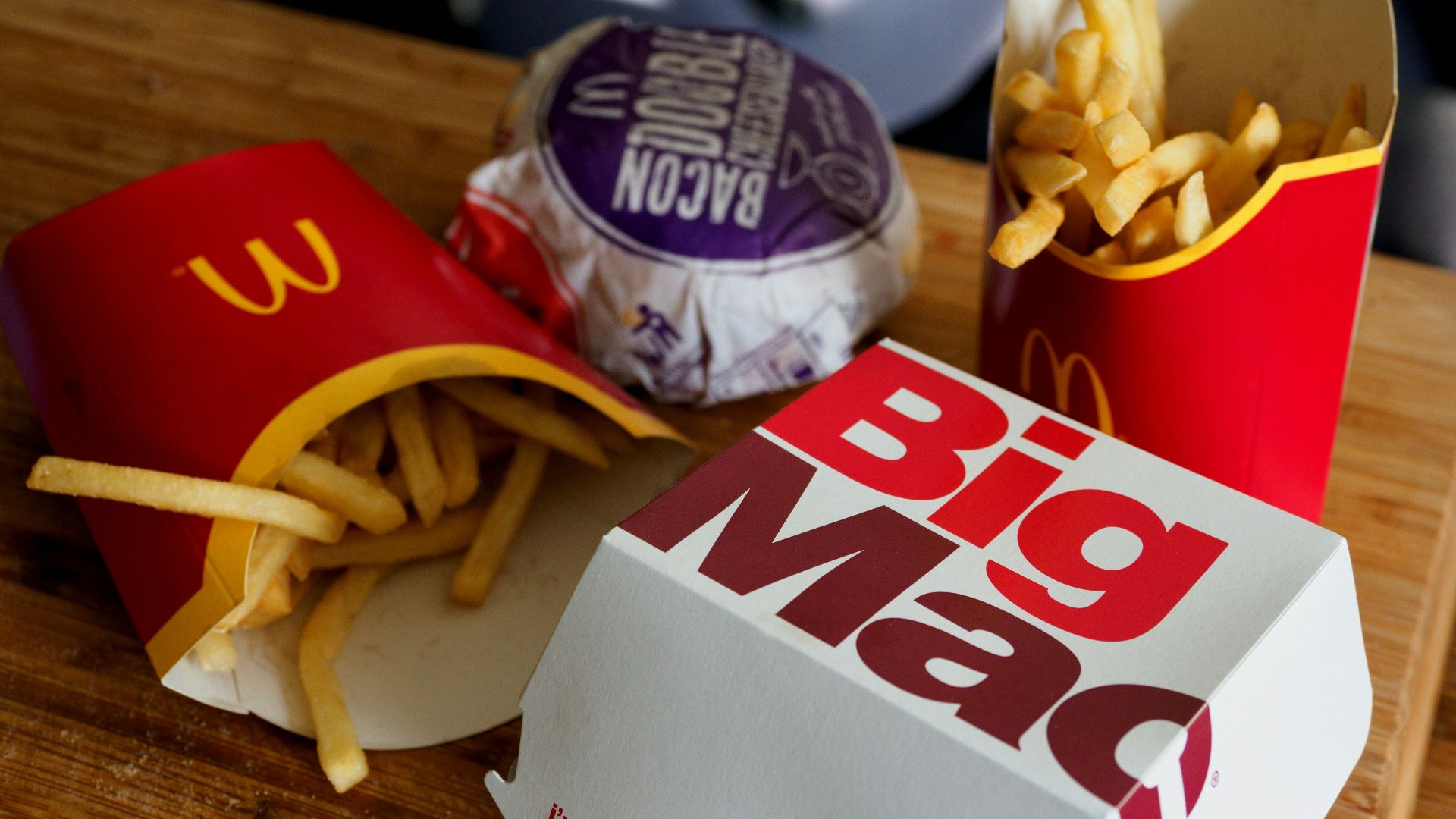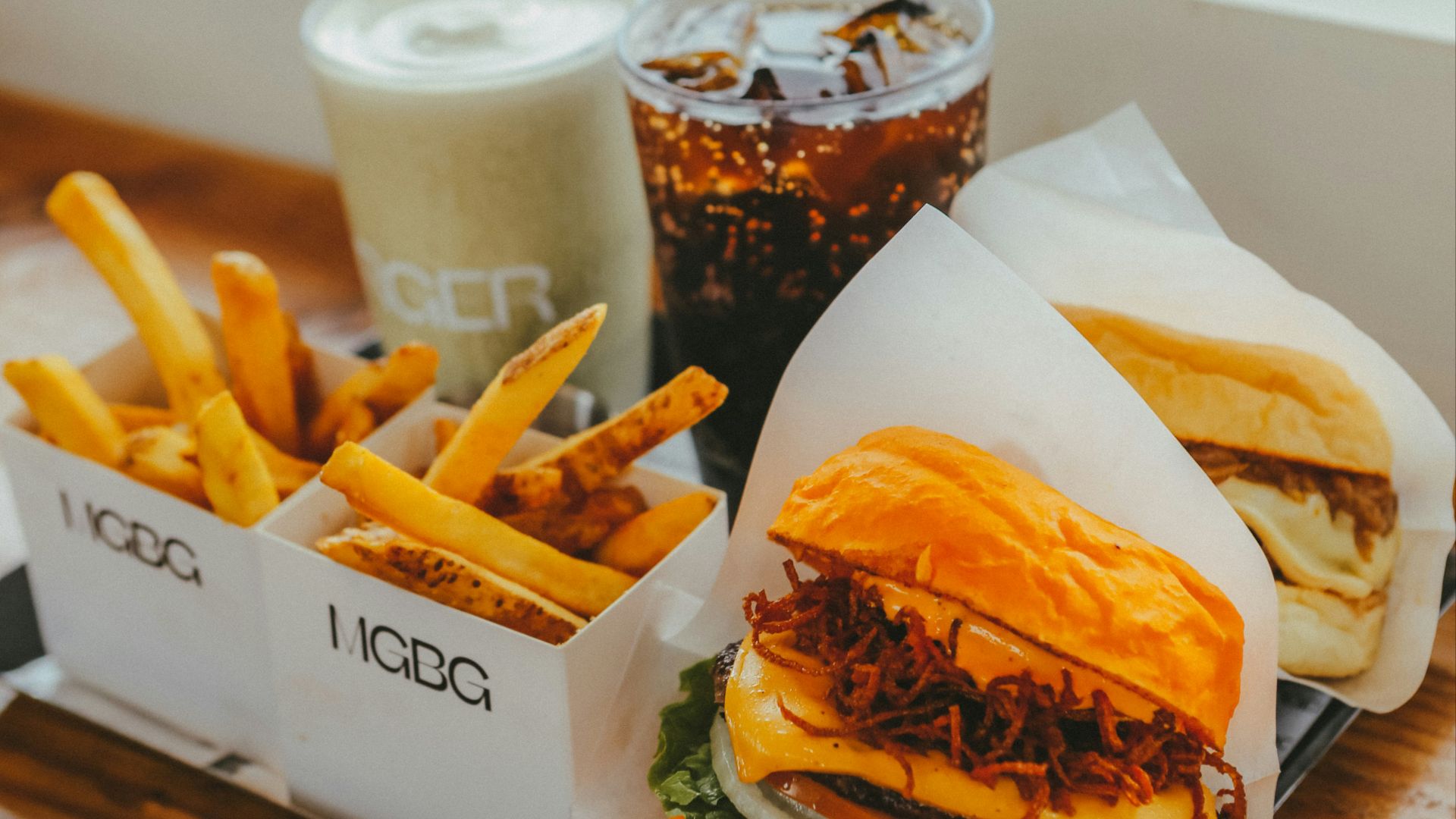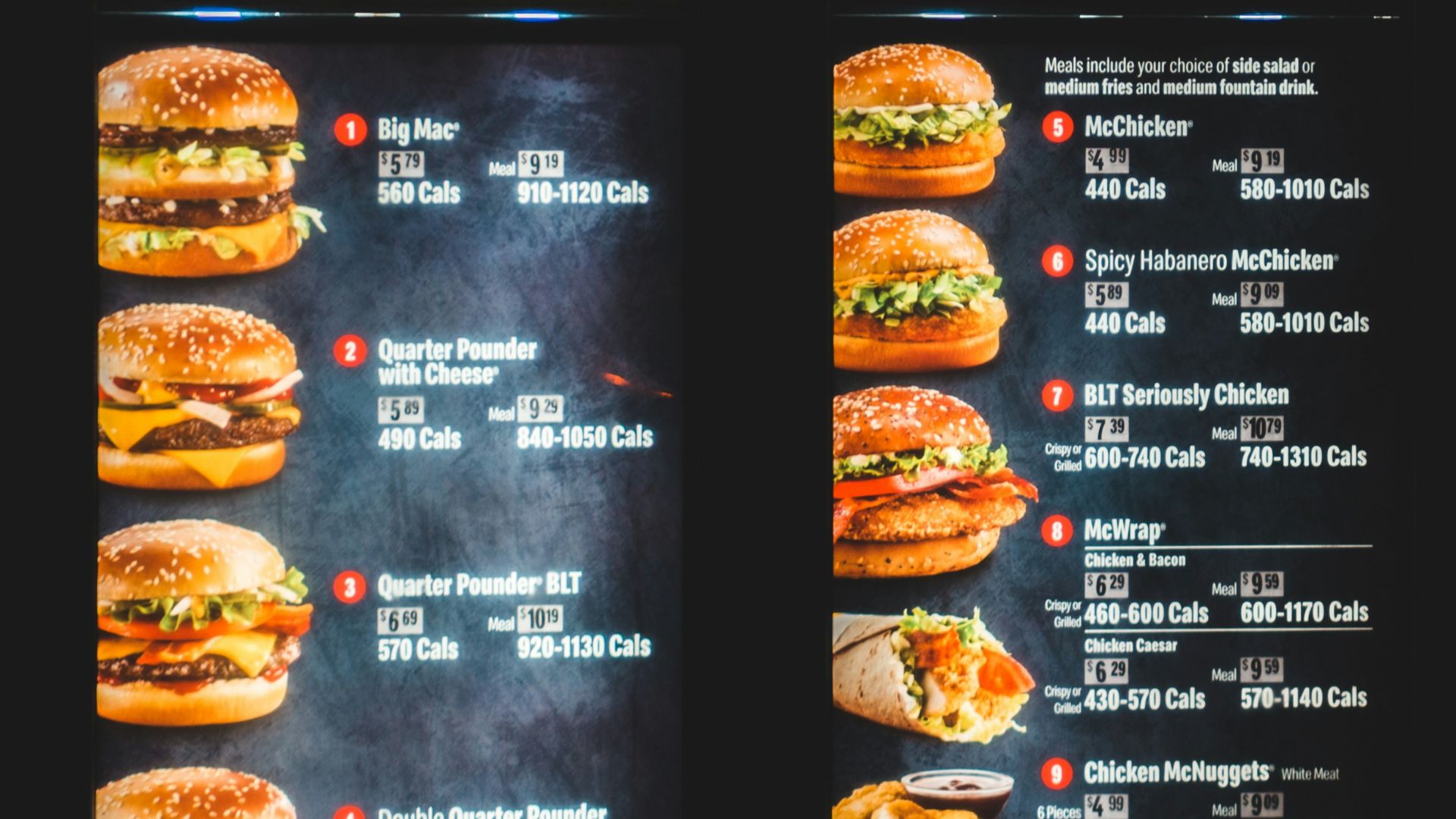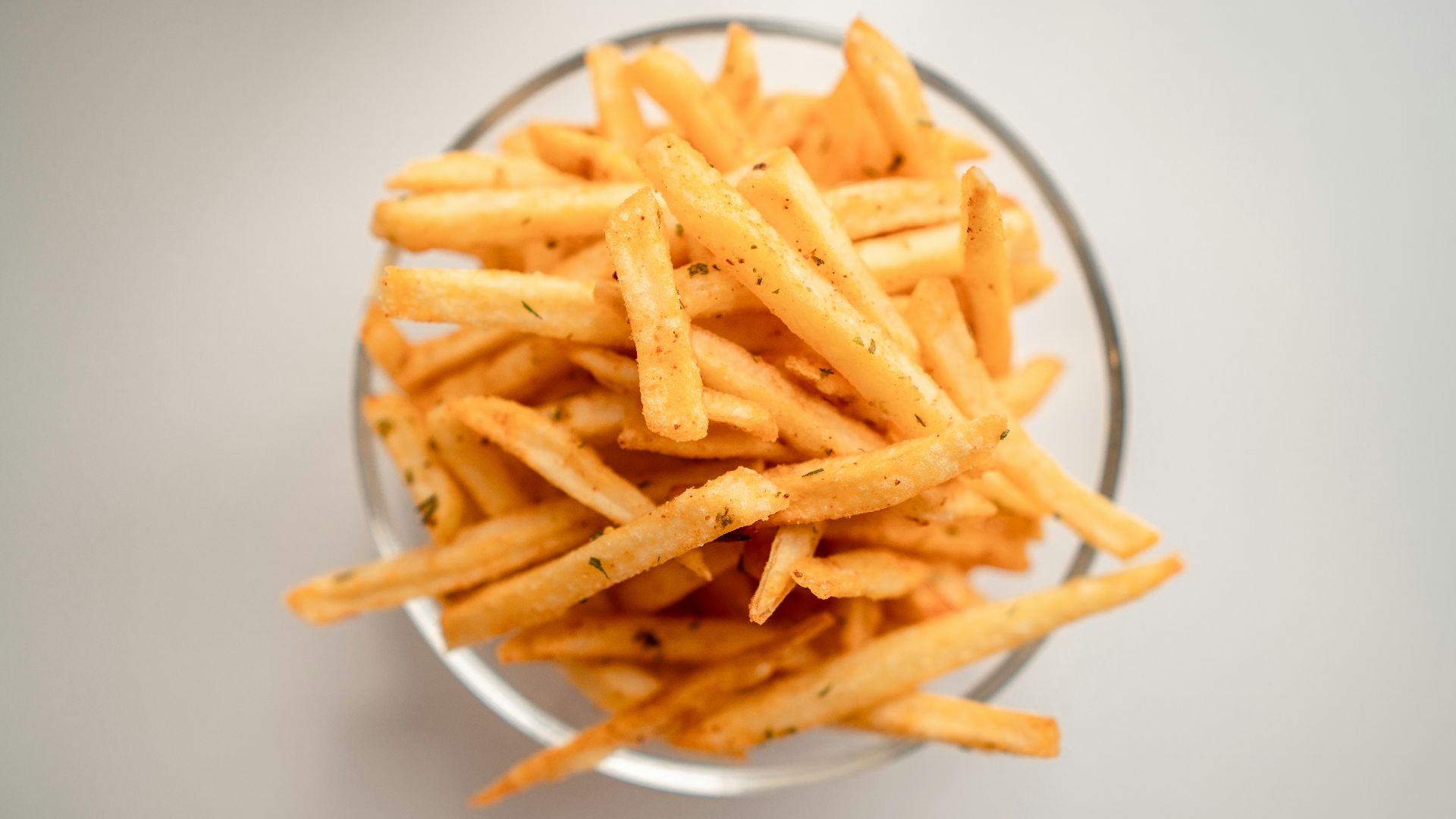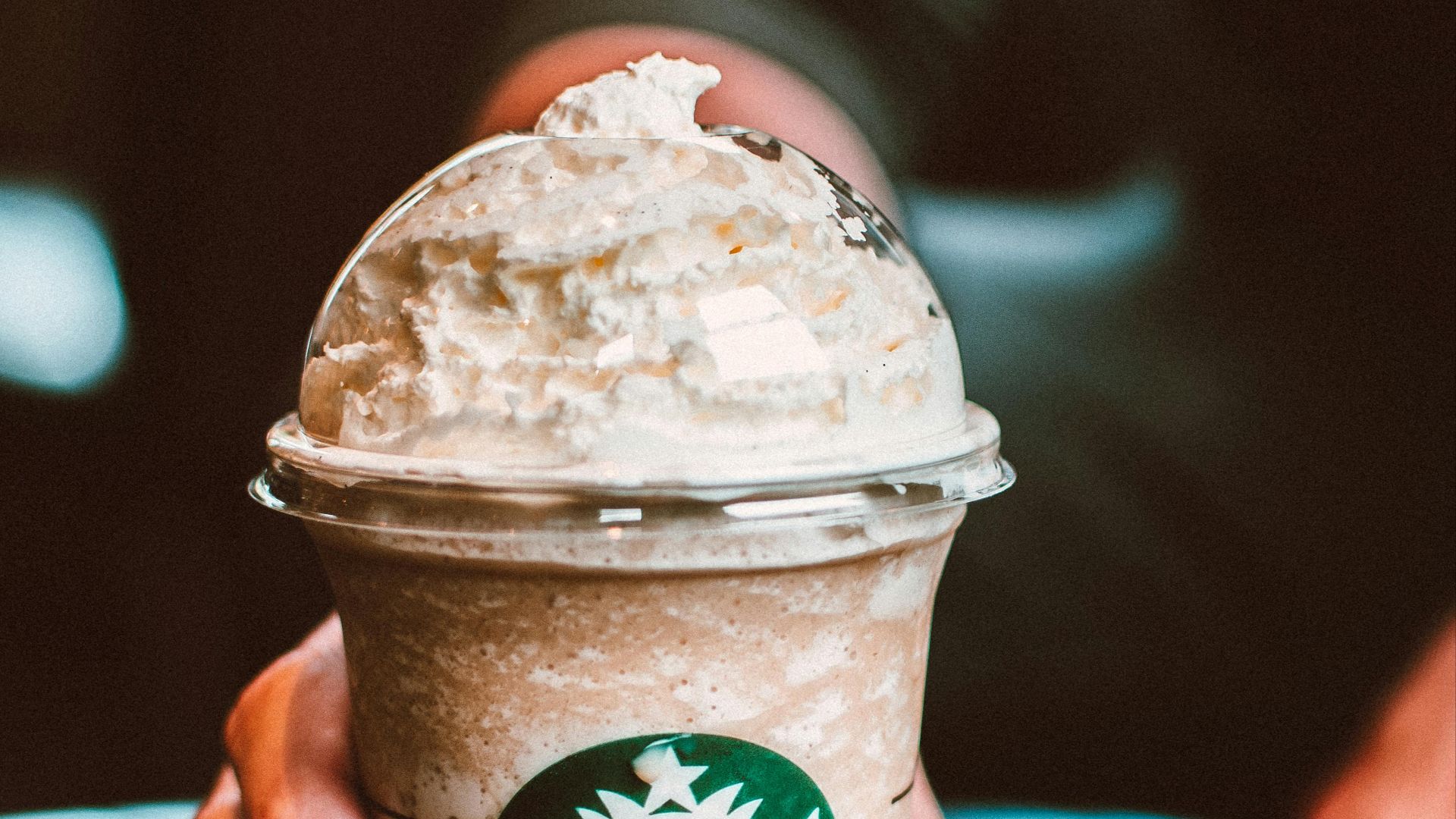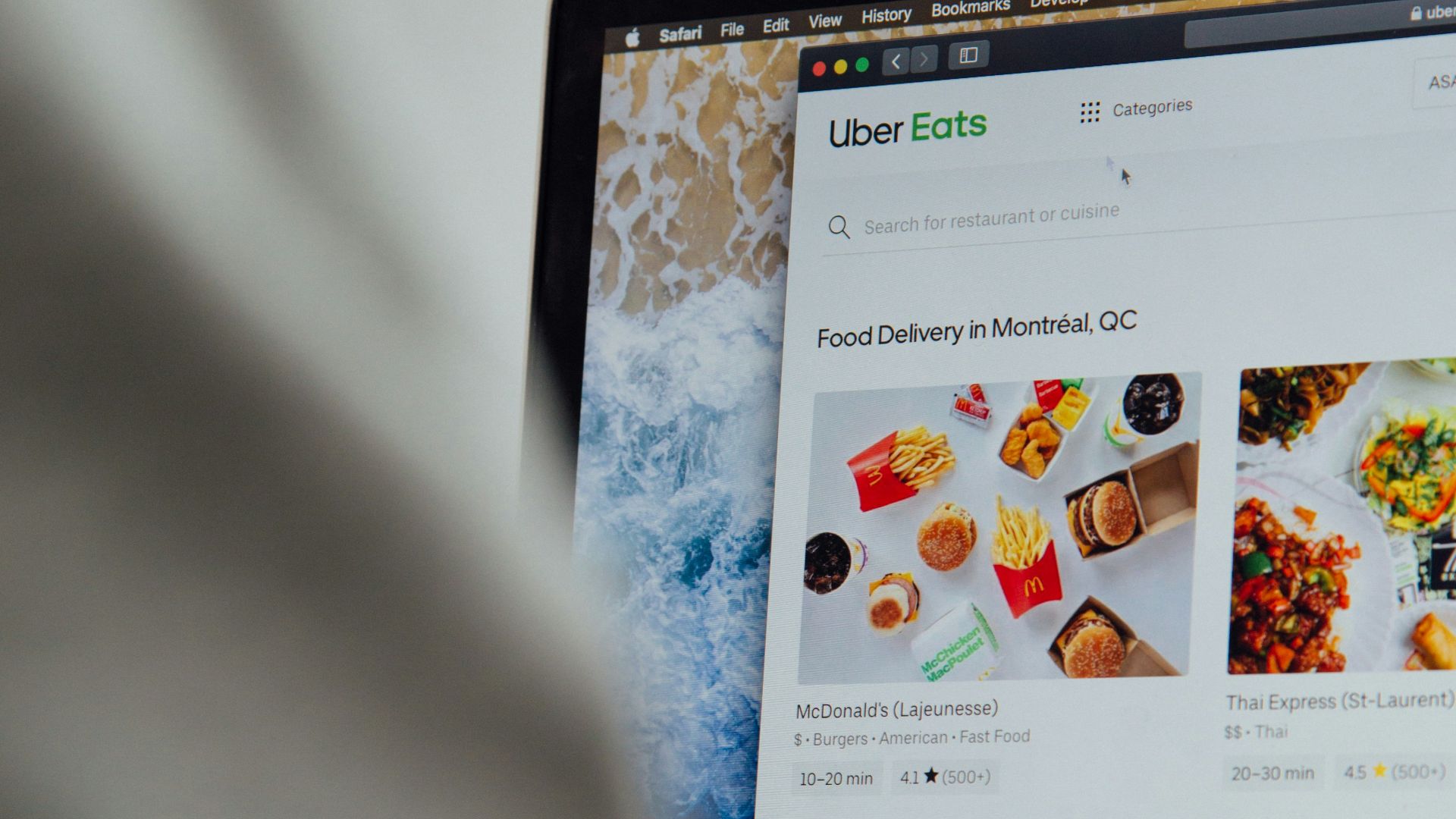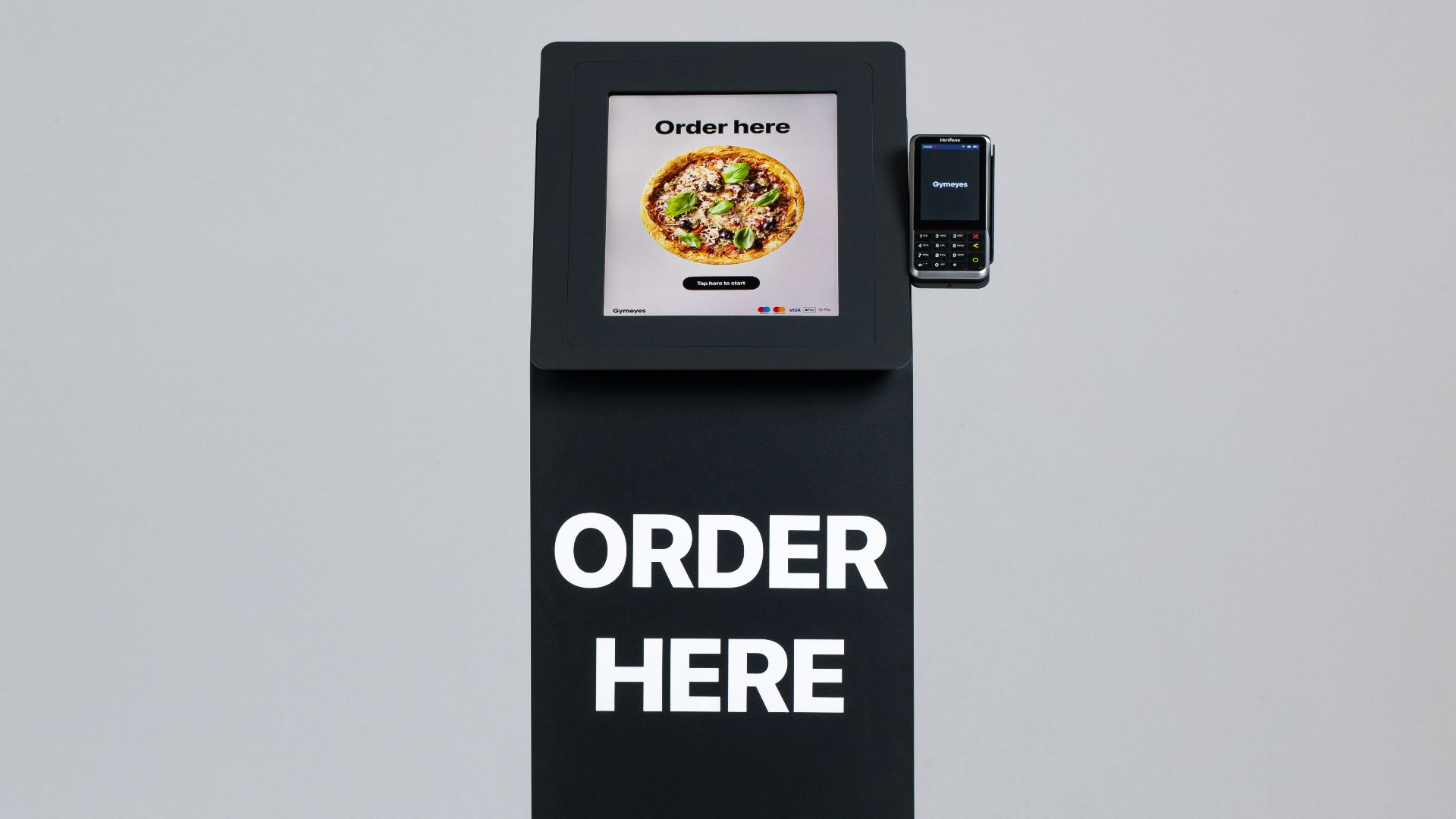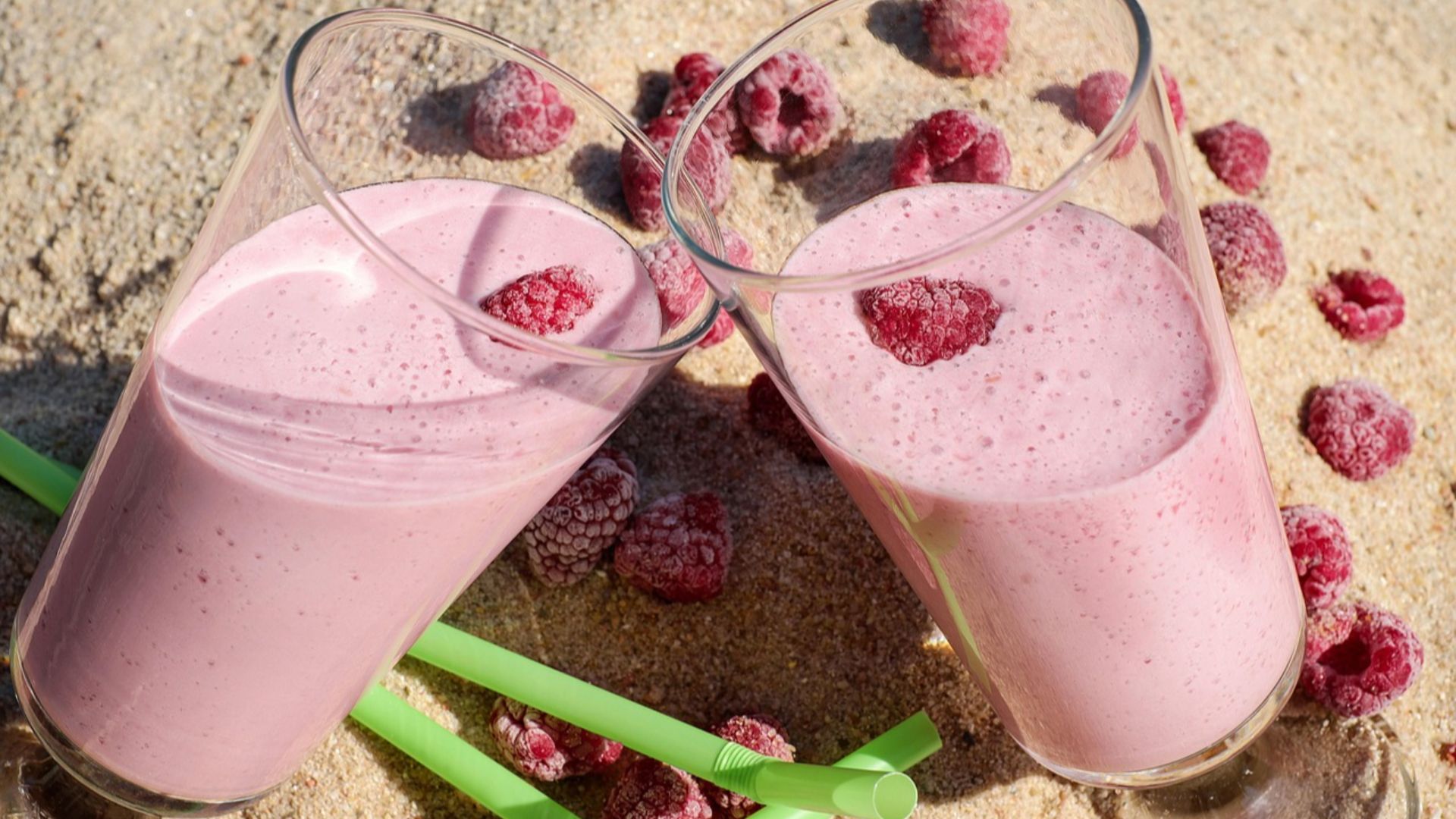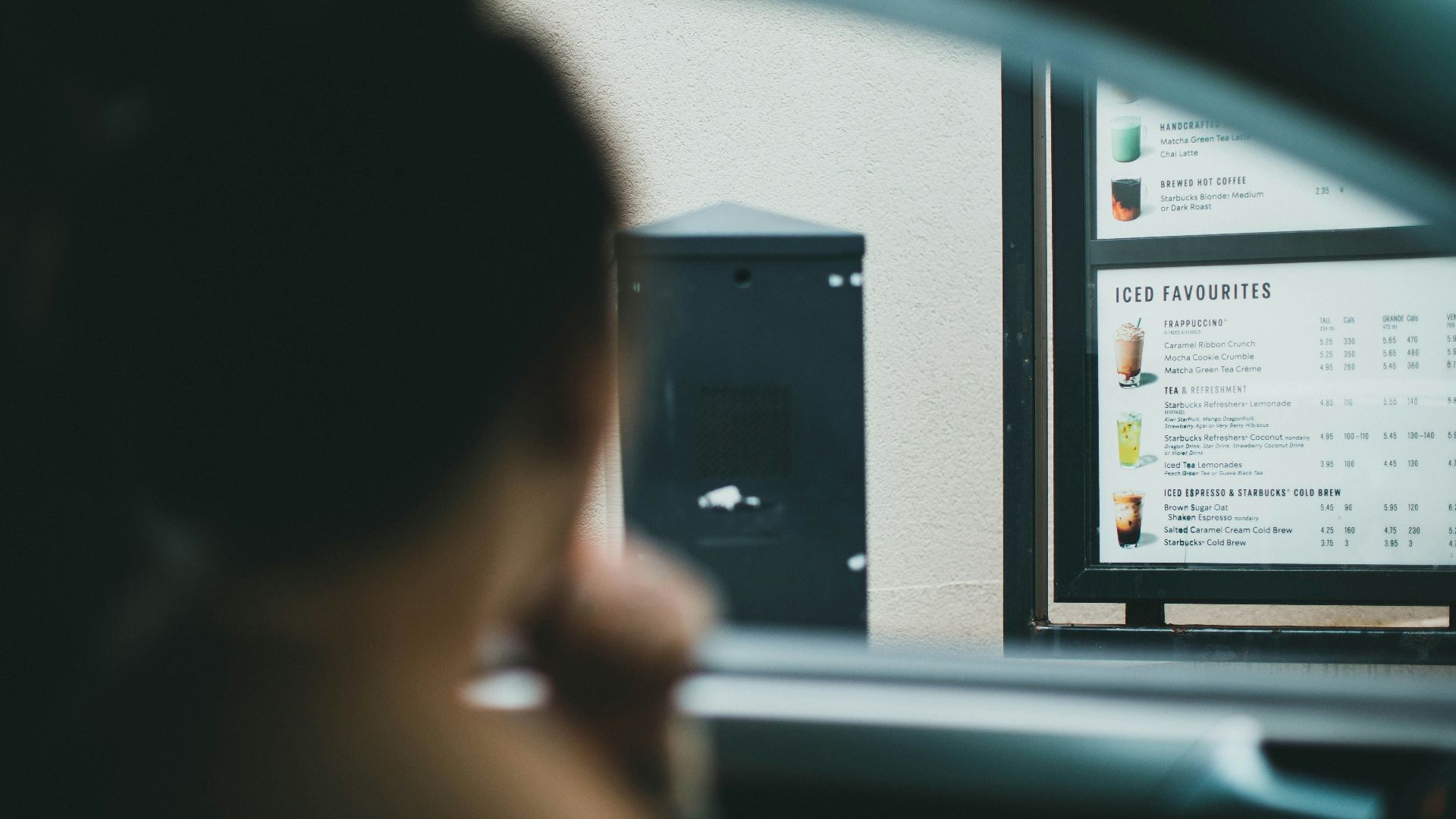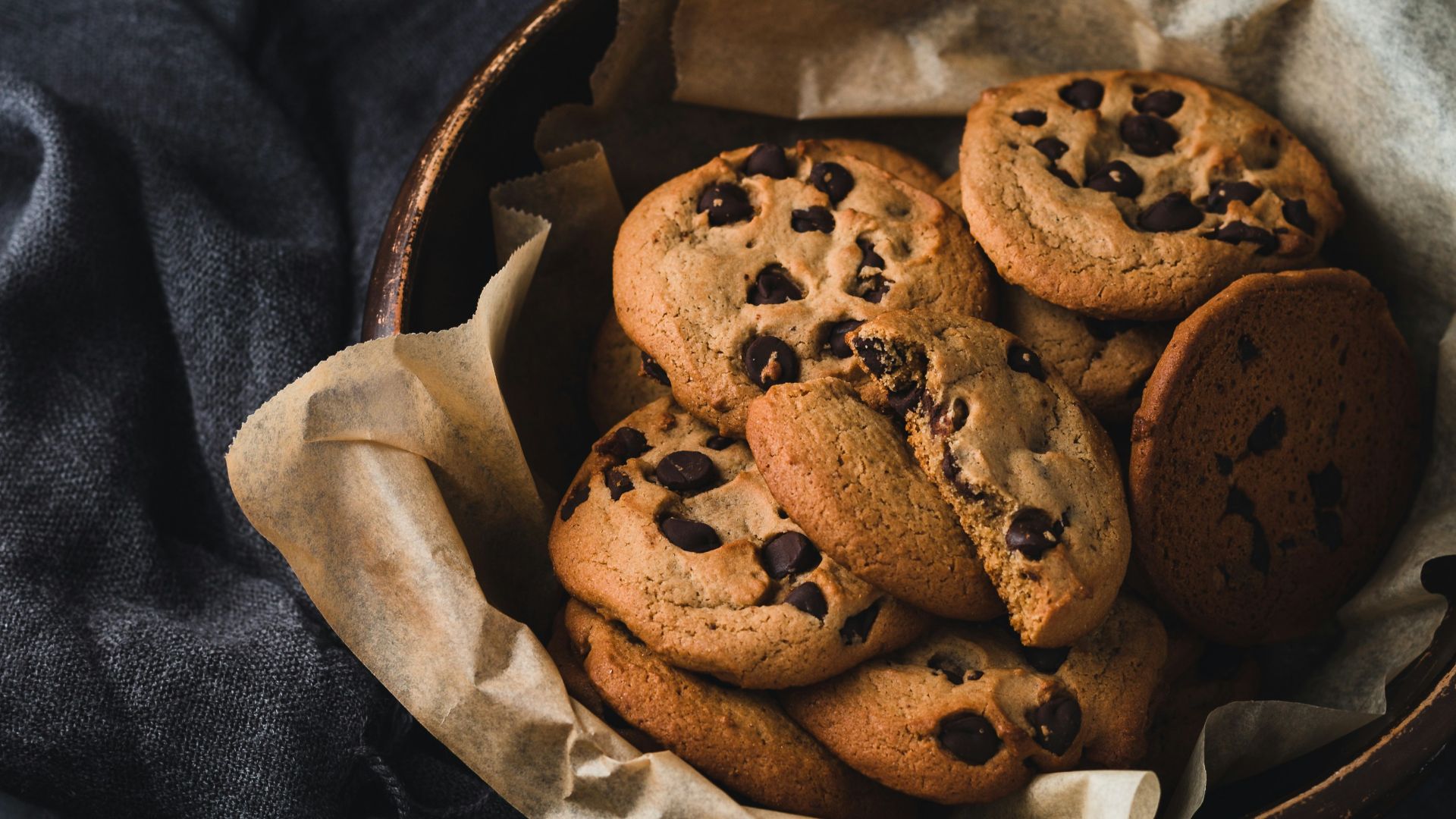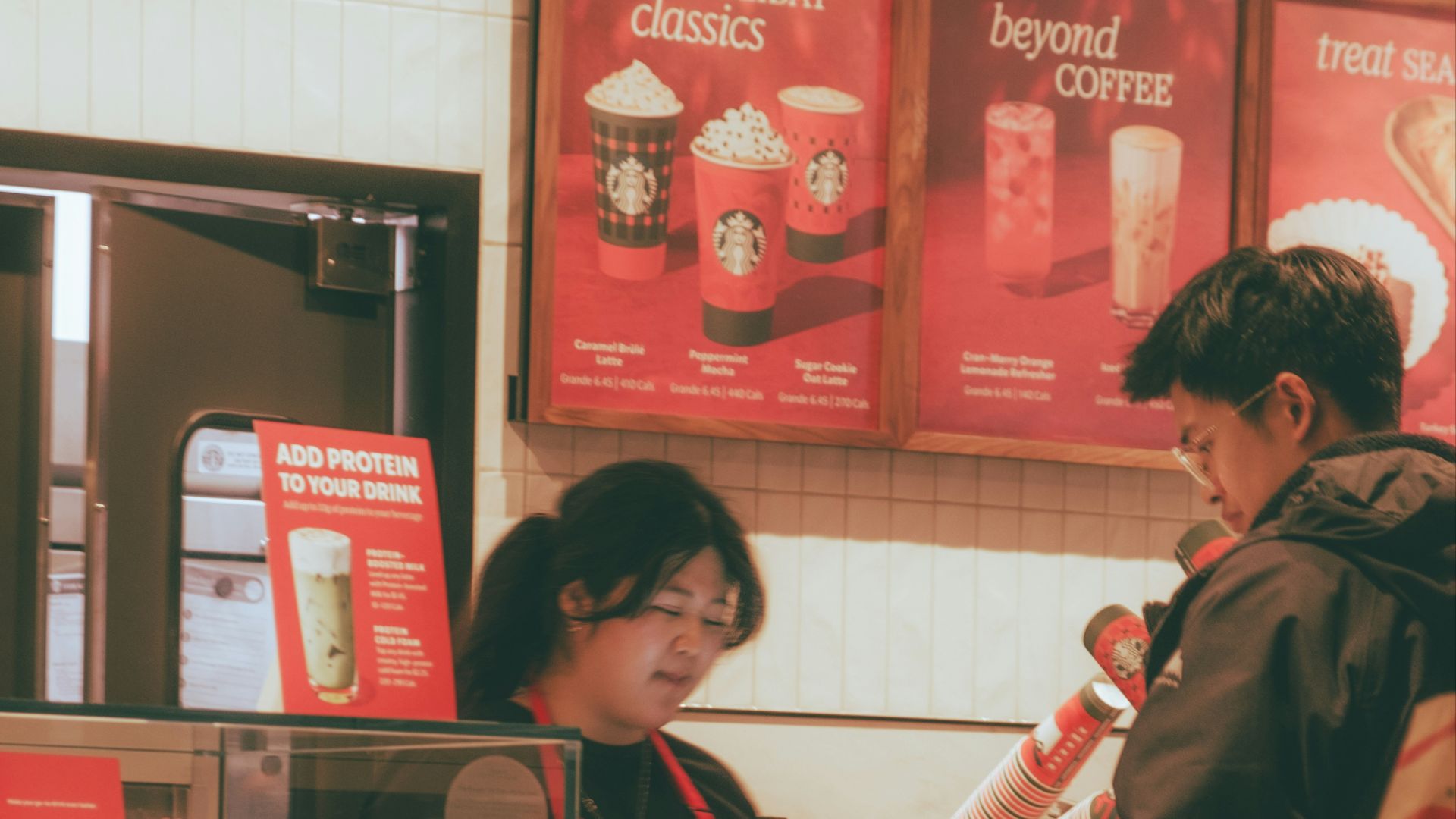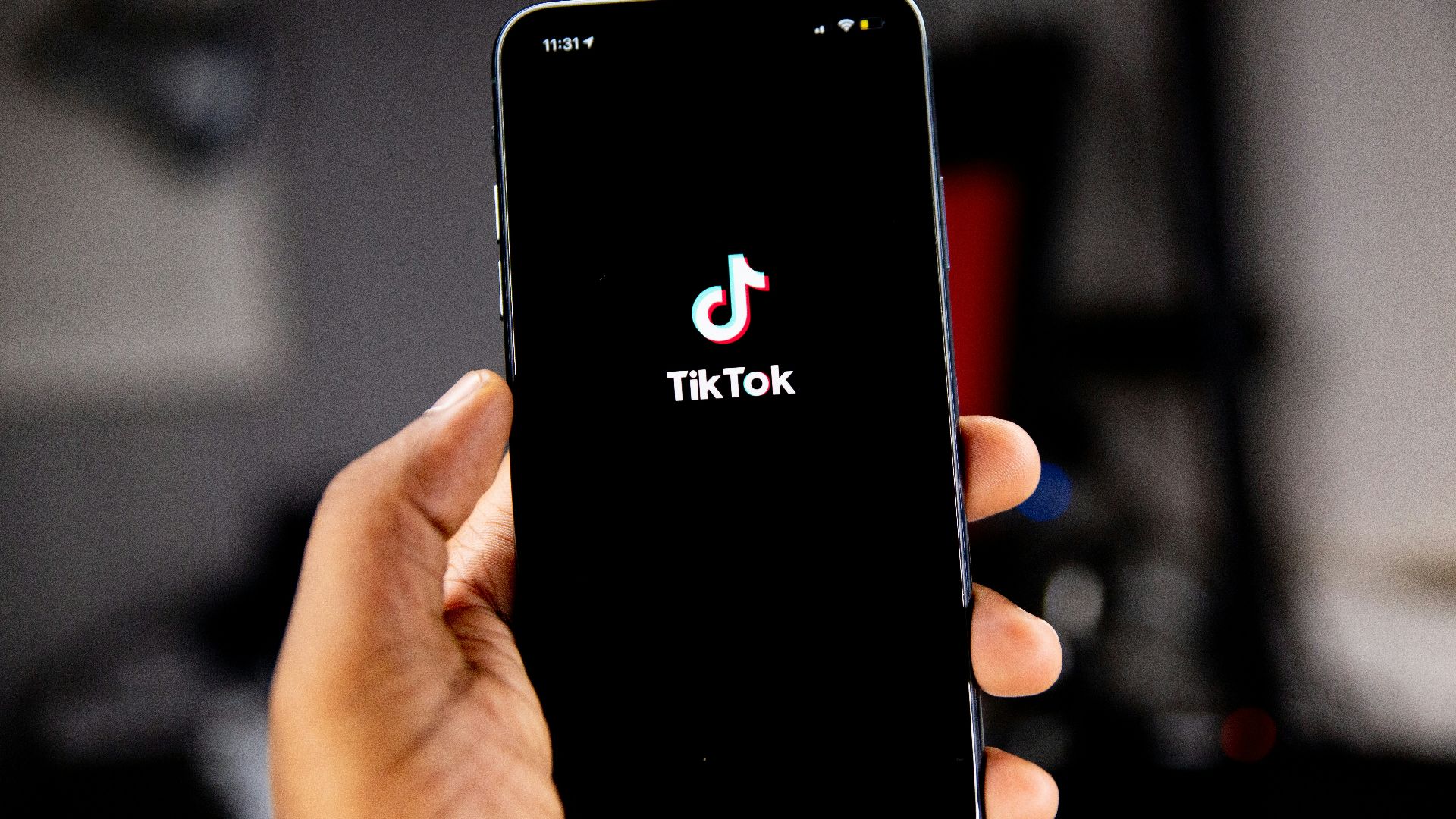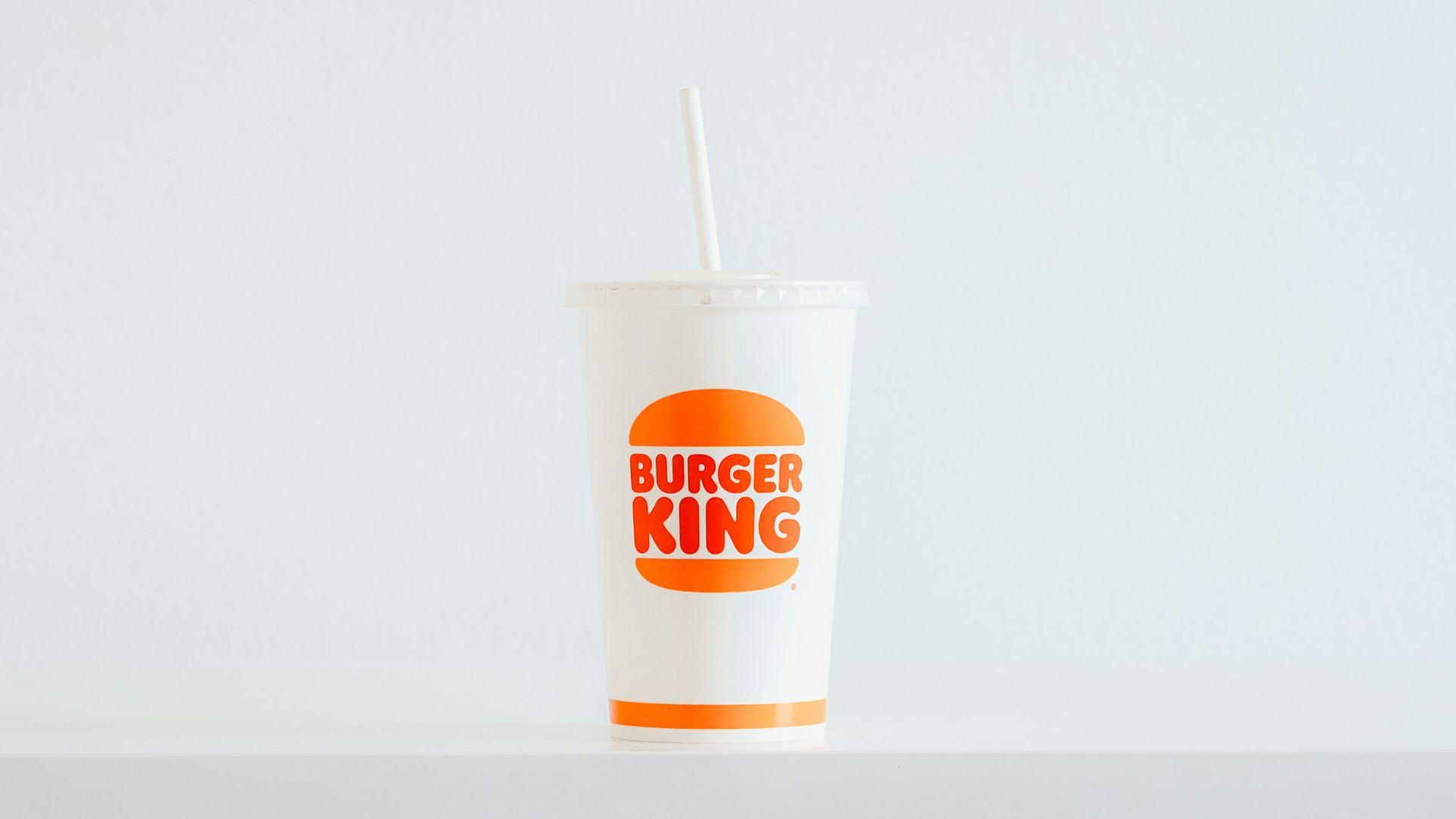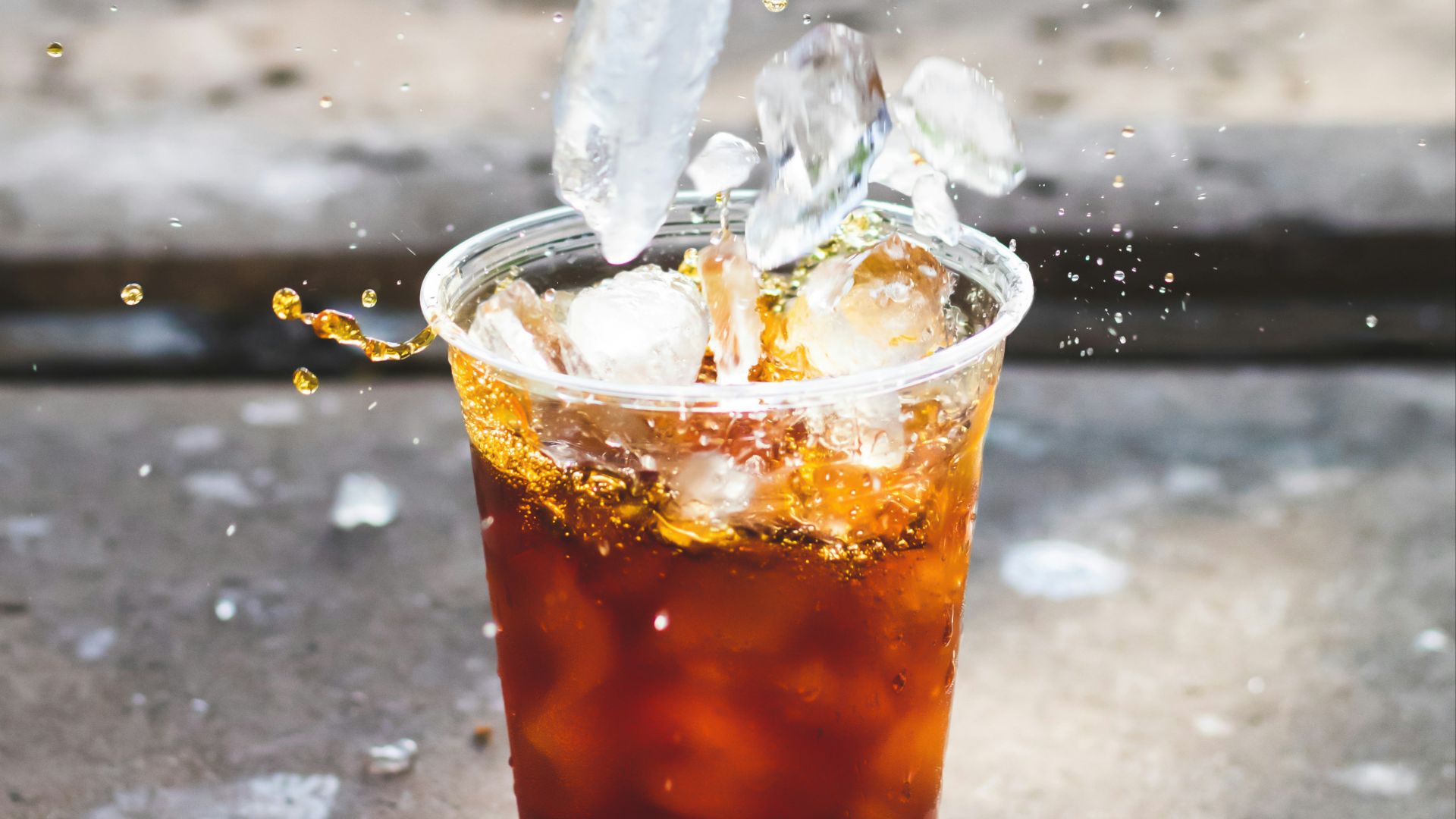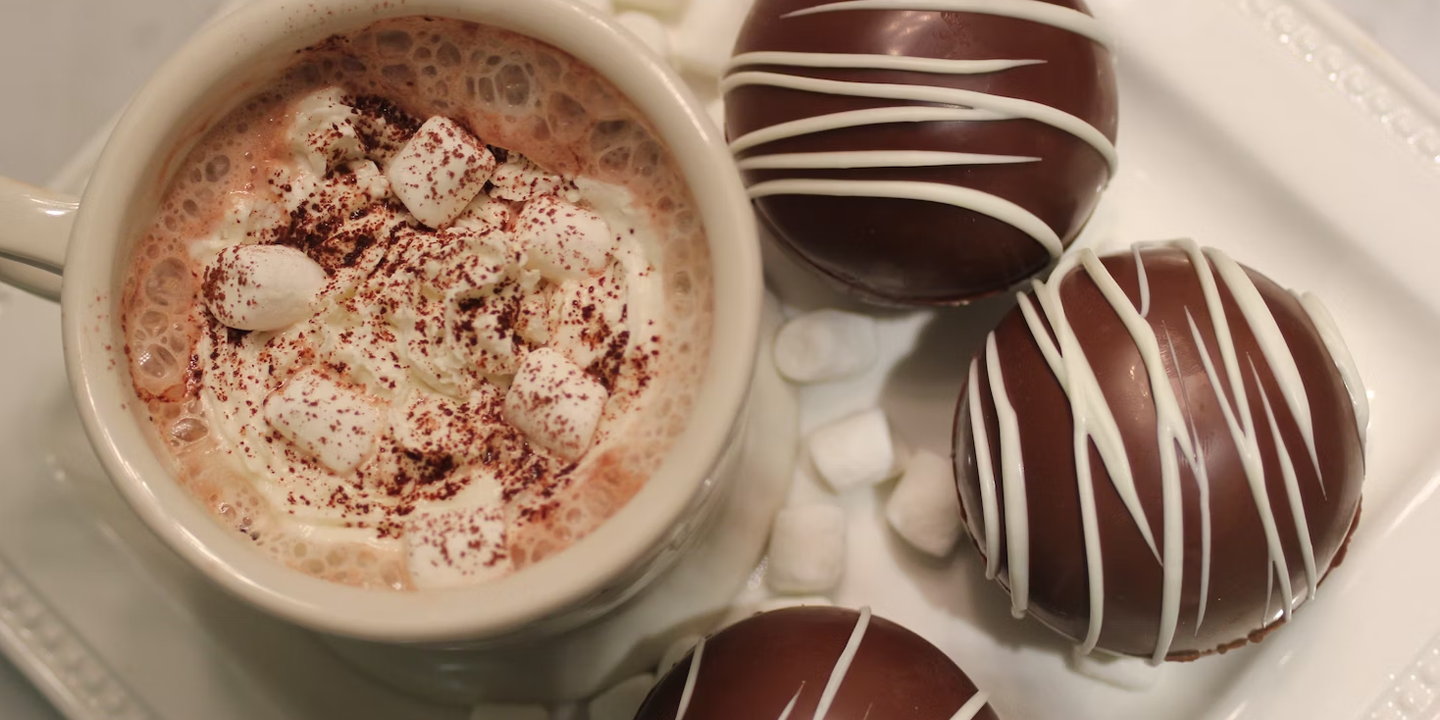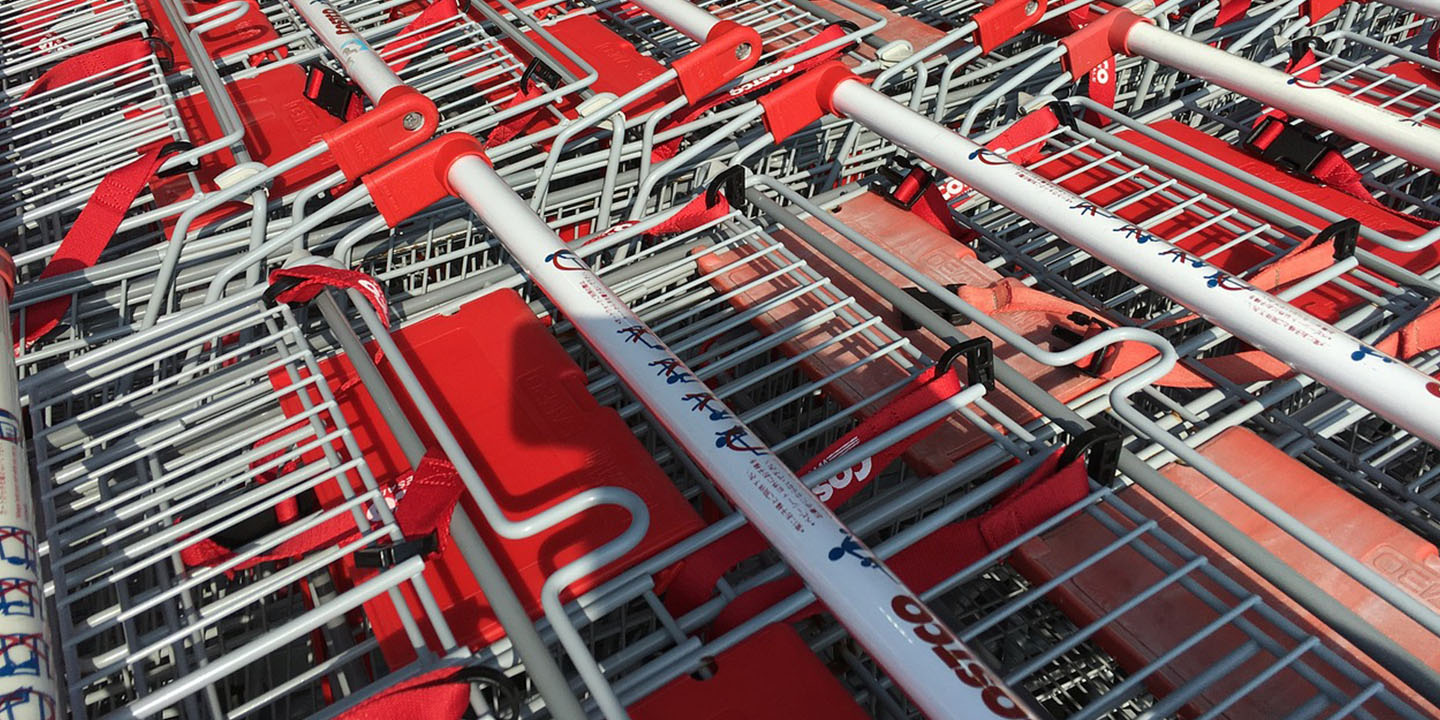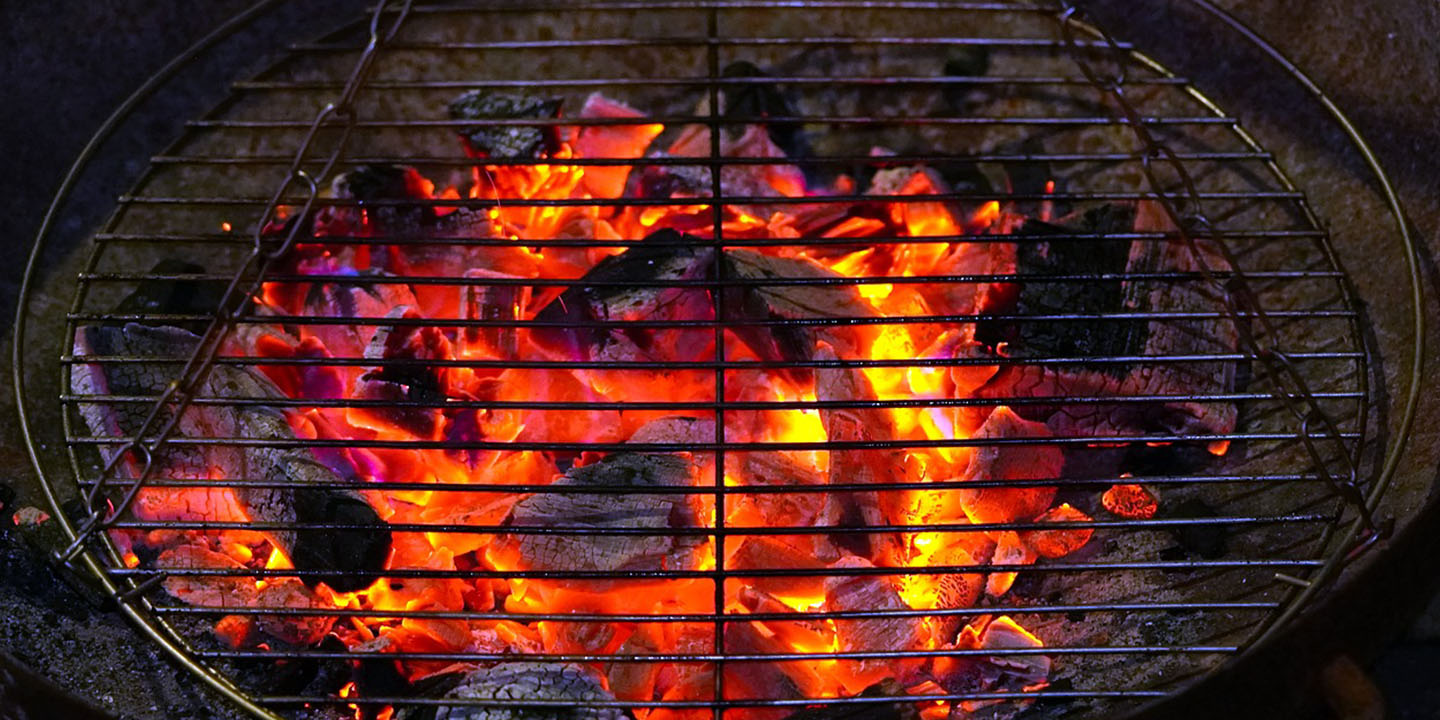How Fast Food Chains Manipulate You
Would you like fries with that? Even if you think you're too smart to fall for fast-food marketing tricks, you'd be surprised by just how persuasive some of their tactics really are. From charm pricing and app-only deals to celebrity collaborations and clever social-media campaigns, you'll probably end up walking out with a bigger bag of food than you planned most of the time. Here are 20 sneaky ways fast-food chains manipulate you and your wallet.
1. Combo Deals
Ever walked into a fast food place and told yourself you were going to get a burger and small fries, only to come out with a combo meal and a large drink? Don't worry; you're not alone. In fact, these combo deals are priced and advertised so particularly, you're always left thinking that they're just too good a bargain to pass up. But if you didn't even want large fries or a drink, did you really save money?
2. Odd Numbers
This tactic might sound odd (pun intended), but once you're aware of it, you'll start to realize how often you've been charmed by it without knowing. Also known as "charm pricing," this technique is where fast food chains strategically price items to end in odd numbers, such as .99 or .95, because they're more memorable than even numbers.
This method also has another effect: when you see a price like $3.99, you're more likely to focus on the "3" and forget the rest. You might even be more tempted to order more items priced at $3.99 or $4.99, because they seem like relatively good deals. However, when you start adding them up, you'll often realize your total is more than what you mentally calculated if you were only focused on the leftmost digit. Three items priced at $3.99 are closer to $12 than they are to $9.
3. Collectible Toys
Are you someone who likes to collect figures? Or perhaps you have a kid who does? Fast food companies often take this into account when creating their menus, which is why you'll usually see options for kids, or curated combos that come with—surprise, surprise—a little toy. And if your kid wants a specific toy out of the whole collection? Well, then that means buying more kids' combos.
4. "Would You Like Fries with That"?
While you probably won't hear McDonald's employees ask, "Would you like to supersize that"? anymore, you might still occasionally hear, "Would you like fries with that"? And it's not just fast food chains—you'll see this tactic used in almost any restaurant you go to. After you order your meal, you might be asked if you want a drink with it or a side dish.
You may then incorrectly assume that it's cheaper to order an extra item with your meal, only to realize later that your drink and side were charged at full price.
5. Limited Time Offers
What would you do if you saw a limited-time menu item at your favorite fast food joint? You'd probably be swayed. That's because when we're told that something is rare, scarce, or "limited edition," our brains immediately want to have it more. You might realize later that it wasn't worth your money at all, but marketing still won in convincing you to buy it.
6. App-Specific Deals
Do you often order delivery? Whether you use Uber Eats, Skip the Dishes, DoorDash, or Grubhub, you'll likely find that some fast food chains offer app-specific deals you can't get in-store. This might sway you to get delivery more; after all, you're getting better deals, right? But not so fast. Sometimes, the prices you see on delivery apps are inflated from their original costs, meaning you might be paying far more than you normally would when ordering in person.
7. Collaborating with the Famous
Would you order something if you saw your favorite celebrity eating it? From American basketball player Scottie Barnes to Korean boy band BTS, you'll see numerous ads and promotions by fast food chains featuring the famous.
Depending on how big a fan you are, you might immediately hand over your money.
8. Delicious Images
You probably wouldn't choose an item on the menu if the image of it didn't look appetizing, right? As it turns out, the expression, "We eat with our eyes first," is one that fast food chains (and the food industry in general) take seriously. From carefully produced commercials to perfectly edited photos, you'll never realize that most of the juicy-looking ingredients are fake. But hey, as long as they make you hungry, that's all that matters.
9. Self-Serve Kiosks
You might think self-serve kiosks are more convenient and help you save more money by being the one in control, but think twice. Because they're automated, they're more likely to show what the restaurant wants you to look at, whether it be a limited-time item or asking if you want to turn your meal into a combo. Unless you know exactly what you want and aren't easily swayed, these kiosks might not be so great, after all.
10. Holiday Specials
Remember the "limited time" tactic? Whenever you see holiday specials, just know that it's a version of that technique. Since these holiday-themed menu items are available only for a short time, you're more likely to gravitate to them and want to try them out before they're gone—even if you weren't really interested in the first place, or they don't end up tasting good.
 Francisco de Frias on Unsplash
Francisco de Frias on Unsplash
11. "Trendy" Menu Items
Whatever you see blowing up on social media, you're bound to see it appear in some way on a fast food menu.
Companies love to play into what's currently popular or trending, since they know it'll make them money when consumers are momentarily interested. This is why you might even see old menu items being brought back by fast food chains just because they got people talking on social media.
12. AI at Drive-Thrus
Using AI at drive-thrus is as frustrating as you might imagine it to be, and while a human employee can always jump in at any time, fast food chains want you to order with the AI assistant. Why? Because they're supposed to be more efficient, can reduce labor costs, and are programmed to upsell. Just wanted a small order of fries? Too bad. Now you're getting 1,000 orders of those fries and a large drink.
13. Using Nostalgia
Fast food chains may also sometimes use nostalgia to sway you to buy certain items. "Grandma's recipe," or "Grandma's cookies," might just be some of the ways they'll name items they want to sell. When it evokes an emotional response, you're more likely to choose it.
14. Extra Sauce with That?
If you wanted extra sauce with your burger, salad, or other dish, you might be met with some not-so-great news when your total comes. As a rule of thumb, just automatically assume that any modification will cost a bit more.
 amirali mirhashemian on Unsplash
amirali mirhashemian on Unsplash
15. Personal Favorites That Aren't Really Personal Favorites
If you've ever asked a fast food worker what they recommend and they immediately suggest something off their "specials" list, just know that they were probably trained to do that. After all, by drawing your attention to what they want to sell to you, you might be more likely to actually pick those items.
16. No Dollar Sign
Ever wondered why some fast food menus don't include dollar signs? Well, that's because by simply taking the symbol off, you're more likely to order something costlier, since it feels like you're spending less money. Out of sight, out of mind, right?
17. Social Media Marketing
With a good marketing team and strategy, you might even be more swayed to spend money at a fast food place if they say the right things on social media that help them connect with customers. Plus, the average person spends around 144 minutes on social media, so fast food chains know it's probably the best way to promote or advertise their company.
18. Loyalty Programs
Joining rewards programs might technically save you money, but another thing they'll also do is convince you to come back again and again. Spend $5 more and you could get $1 off your next order! Order five combo meals and you could get a medium-sized drink!
Even if these deals sound good, all they're doing is keeping you hooked, which is exactly what these fast food companies want.
19. Defaulting to Bigger Sizes
Think back to the last time you ordered fries or a drink with your meal. Were you asked if you wanted "a medium or a large"? When you're suddenly put on the spot, you'll often just pick one of the choices you're offered—meaning you'll only realize later that you could've ordered a small.
20. Shrinkflation
Ever ordered large fries and got a smaller amount than what you expected? Or a drink that had way too much ice, and you were able to finish it in five sips? Shrinkflation is real, and it isn't just happening in grocery stores. Don't be immediately swayed when you see cheaper deals pop up at your favorite fast food joint—you'll probably only get half of what's shown.
KEEP ON READING



